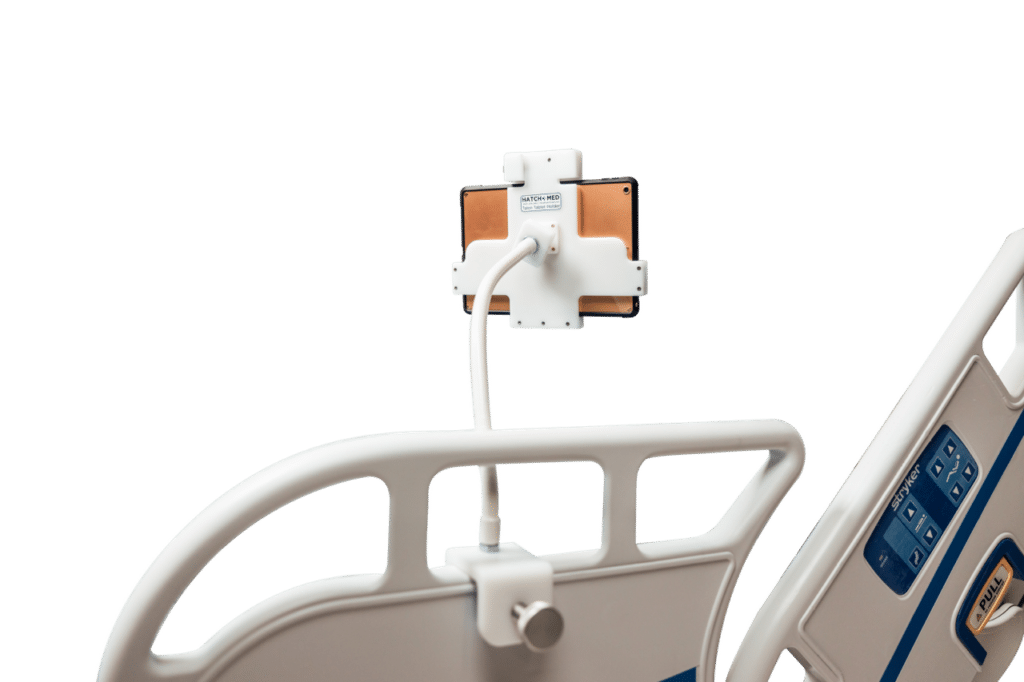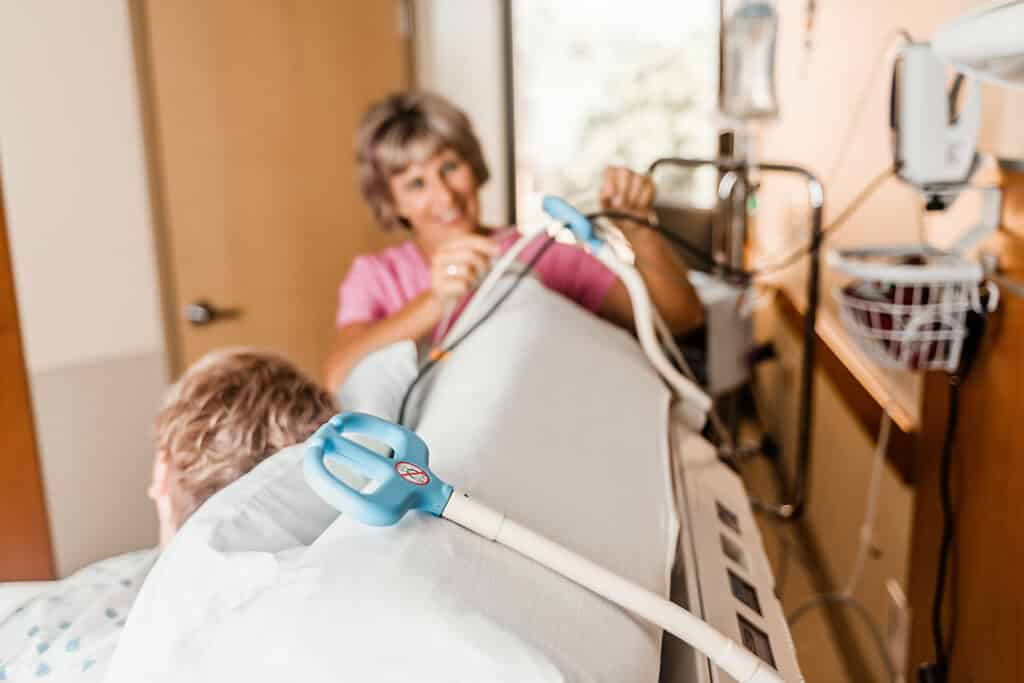What are the most important future developments we’ll see for flex arms and medical devices? Here are some of our predictions.

Share:
What does the future hold? You can never be sure – take the COVID-19 epidemic; nobody saw that coming. That said, we’re constantly looking down the road to see what ways we can make our flex arms better as a component for your medical devices. In doing so, we’ve picked up on a couple of trends that are beginning to develop. Here’s what we see as the biggest future needs for flex arms and medical devices.
More connectivity means higher demands for your components

For years, most electrical components were fairly simple in the flex arm market. We’d run a cable outside the flex arm, which fed into a lamp – or whatever other component needed it. These days, the demand for technology means that the demand for component devices to have compatibility with that tech is also higher than ever. Recently, we had a customer reach out for us to figure out a way to have an apple lightning connector to a USB-C connector.
Those sorts of demands will become more and more common as the “internet of things” proliferates around the world. The pressure to route cable management is going to be our top request for years to come. We’re looking to integrate that capability into our core competency.
Your product will need to look like it belongs in a hospital

It’s nothing new that hospitals want clean, simple aesthetics – but the demand for “clean” designs seems like it’s more than ever. That’s become not only a “wish list” item, but a general expectation of any design. Nowadays, folks want things to look polished and whole. When you unbox it, it should look like a finished design, not cobbled together DIY style.
Making sure you have a partner in your OEM who can fit your design aesthetics will be key to placing those items in hospitals. It might not seem fair, but take two objects that can do the exact same thing, but one looks clean, and the other is a hodge-podge of parts – you know which one will be bought every time. That’s exactly why we created our post on matching your device’s aesthetic. We view it as a huge benefit for helping your team not only make a great product, but one that will sell because it speaks to the end user.
Hospitals will have fewer devices that do more
We’ve already seen a proliferation of different kinds of devices that are used in hospital rooms, from tablet holders to tools used for charting to bluetooth enabled products. While we don’t think those functional tools are going anywhere, they may be combined into single devices that can offer several services rather than one. After all, there’s finite space inside of a hospital room – and frankly clutter is the enemy. That’s another reason why you want your end user happy with your product.
The devices that stick around will provide better patient engagement. You want to make sure that you have the best version of your product right off the bat. It needs to be able to perform to its peak abilities right away, consistently, and be easy to learn. Because if it doesn’t – you might not get a second chance to make an impression.
Consistency: because the classics never go out of style
The biggest thing we’ll see in the future is something that we’ve seen in the past too: you want your devices to behave the same way every time you use them. Going with a cheaper component (like a flex arm) can have consequences when it begins to droop or break early in the life cycle of the device. We pride ourselves on the consistency of our flex arms – and we know our customers do too. Give your device the best chance to be great, go with consistency and quality.
Are you ready to start a design? Maybe you just want to talk out the process. Contact us today and let’s get started!
